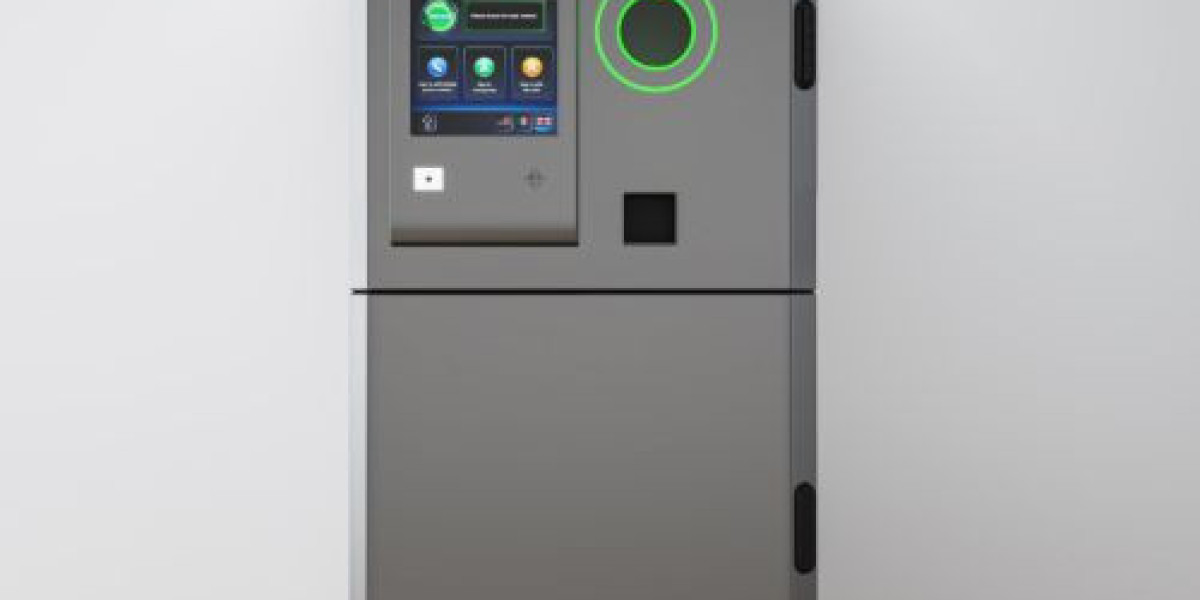Cities around the world are rethinking how they work, grow, and serve their people in a time of fast growth and digital change. Smart City Technology is at the center of this change because it makes cities more sustainable, connected, and efficient. Smarter traffic control, better public safety, and more responsive public services are just a few of the ways that these technologies are improving life in cities.
The future isn’t some far-off dream anymore; it’s being made right now. People, businesses, and city leaders are working together to find smart solutions that will make life better, protect the environment, and make city processes run more smoothly. Now is the time to learn how smart city ideas can change the places where we live and work, whether you’re a politician, a city manager, or just someone who likes technology.
What is Smart City Technology?
At its core, Smart City Technology means adding digital tools and systems that are driven by data to a city’s infrastructure. With the help of the Internet of Things (IoT), AI, cloud computing, and advanced analytics, these technologies gather and act on real-time data from many urban systems, including transportation, energy, public safety, and communications.
Cities can predict needs, automate responses, and improve service delivery with this level of connection. Imagine a city where the streetlights turn off by themselves when no one is around, where trash cans let the cleaning crew know when they’re full, and where traffic flows change based on how crowded the roads are. These ideas aren’t from the future; they’re already being used in smart cities all over the world.
Three main things are important to smart cities: economy, safety, and quality of life. By using technology that helps them reach these goals, cities and towns can improve public services, use fewer resources, and make places that are more open and easy to get to for everyone.
The Real-World Impact of Smart City Solutions
In many forward-thinking cities, the benefits of smart city projects can already be seen. For instance, real-time sensors and AI algorithms powering smart traffic systems have helped cut down on traffic and commute times in big cities. Predictive analytics in public health and safety have sped up reaction times to emergencies, and smart grids have cut down on energy use and made power more reliable.
One big area of effect is getting around cities. People can now use connected public transport systems to see where buses and trains are at all times, plan the best routes, and even pay online. These changes shorten wait times and urge people to use public transportation, which will eventually cut down on carbon pollution and stress caused by traffic.
Monitoring the environment is another example. Cities with noise monitors, air quality devices, and water management systems can take action to lower pollution, make environmental policy better, and ensure people live in healthier places. In the same way, smart waste management systems make it easier to pick up trash, which cuts down on costs and damage to the environment.
There have also been measured gains in public safety thanks to smart monitoring, emergency contact platforms, and lighting systems that change based on how busy they are. Not only do these methods make places better, they also help people feel safe and trusting.


